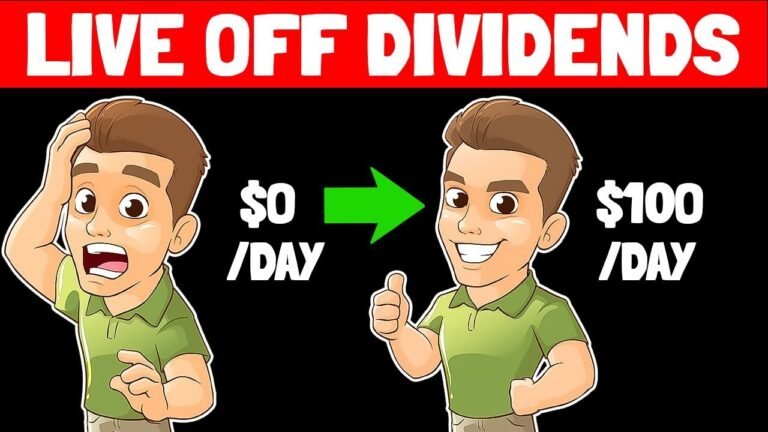
Photo by <a href="https://unsplash.com/@samsungmemory" rel="nofollow">Samsung Memory</a> on <a href="https://unsplash.com/?utm_source=hostinger&utm_medium=referral" rel="nofollow">Unsplash</a>
Views: 0
Understanding the Creator Economy
The creator economy refers to a landscape where individuals leverage digital platforms to produce, share, and monetize content. This ecosystem has gained momentum thanks to the rise of social media channels such as TikTok, Instagram, and YouTube, which provide creators with unprecedented opportunities to reach audiences globally. As these platforms rapidly evolve, they have become integral to the visibility and growth of creators, allowing them to thrive in ways that were previously unimaginable.
One of the defining aspects of the creator economy is its ability to empower individuals to turn their passions into profitable careers. Content creators are no longer limited to traditional media outlets; rather, they can now build personal brands around their unique skills and interests. This shift has resulted in a diverse array of content types, including vlogs, tutorials, podcasts, and live streams, reflecting the varied preferences of global audiences. Moreover, as creators experiment with different formats, they not only enrich the content landscape but also cultivate niche communities that align with specific interests and demographics.
The visibility afforded by social media platforms plays a critical role in the development of these niches. By providing tools for audience engagement and promoting algorithm-driven recommendations, platforms like Instagram and TikTok enable creators to connect with potential followers who might otherwise remain untapped. This visibility fosters an environment where creativity can flourish, leading to the emergence of viral trends and collaborative efforts among creators. Such dynamics illustrate how the creator economy encourages innovation and diversification in content creation.
As individuals navigate this landscape, they possess the unique ability to monetize their content through various methods, ranging from sponsorships and affiliate marketing to premium subscriptions. This shift represents a transformative moment in the professional world, wherein creative expression is not merely a hobby but a viable career path. The creator economy has therefore established itself as a vital component of the modern digital landscape, shaping new avenues for personal and professional growth.
Building a Personal Brand
In the rapidly evolving landscape of the digital economy, constructing a personal brand is vital for creators seeking to establish a distinct presence and connect meaningfully with their audiences. A strong personal brand hinges on authenticity, allowing creators to resonate with their followers authentically and create trust. By sharing genuine experiences and insights, creators can foster a loyal community that engages with their content on a deeper level.
Storytelling is an essential strategy for personal branding. Creators should weave narratives that reflect their experiences, struggles, and successes, making their content relatable and engaging. This storytelling approach not only captivates audiences but also helps define the creator’s unique voice and perspective, reinforcing their brand identity.
Selecting a niche is another crucial element in building a personal brand. By focusing on a specific area of expertise or interest, creators can differentiate themselves in a crowded marketplace. This specialization allows for a deeper connection with a targeted audience, fostering a sense of community and shared values that can enhance audience engagement and loyalty.
To effectively engage audiences, leveraging social media algorithms is instrumental. Creators should familiarize themselves with platform-specific tactics to optimize their content for visibility, ensuring that their messages reach the intended audience. Consistency across various platforms—whether on YouTube, Instagram, or TikTok—also plays a key role. Maintaining a cohesive brand image and voice enables followers to recognize and connect with the creator regardless of the social media channel they choose.
Interactive content serves as an effective way to deepen connections with followers. Through polls, Q&A sessions, and live streams, creators can invite their audience to participate actively, fostering a sense of belonging and investment in the creator’s journey. Successful examples abound, from beauty influencers sharing their makeup routines to educational creators offering unique perspectives on complex topics. By embodying these strategies, creators not only enhance their visibility but also cultivate a robust personal brand intrinsically linked to their content and audience engagement.
Growing Your Audience
In the evolving landscape of the creator economy, growing your audience is a vital aspect that determines the level of success one can achieve as a content creator. Engaging with your audience effectively can foster loyalty and encourage repeat interactions, thereby amplifying your reach. One of the most effective techniques for audience growth is collaboration with other creators. By working together, you can tap into each other’s audiences, providing mutual benefits and exposing both parties to new followers who share similar interests.
Additionally, hosting contests and giveaways can significantly enhance audience engagement. This not only encourages existing followers to participate but also attracts new followers eager to take part in the excitement. By requiring participants to follow, share, or tag friends, creators create a viral effect that contributes to audience growth. Consistency in content quality and frequency also plays a pivotal role; regular posting keeps your audience engaged, encouraging them to return for more.
Cross-promotion across different platforms is another effective strategy. By promoting your content on various social media channels, you can maximize visibility and reach diverse audiences. For example, a YouTuber could share their latest video on Instagram and Twitter, enticing followers from those platforms to check out their content on other mediums. The role of analytics cannot be understated in this regard. Tools that analyze audience demographics and engagement can provide invaluable insights, helping creators tailor their content to fit audience preferences and interests.
Finally, learning from successful case studies in the creator economy offers inspiration and practical strategies for enhancing audience growth. Numerous influencers have effectively utilized these methods to build robust followings. By carefully studying their approaches and adapting them to fit your unique style, you can enhance your growth trajectory within this dynamic digital environment.
Monetization Strategies for Creators
The creator economy has opened a myriad of monetization strategies for individuals looking to capitalize on their digital content. One of the most prevalent options is sponsored content, where creators partner with brands to promote products or services. This arrangement can be mutually beneficial, allowing brands to reach targeted audiences while providing creators with a substantial income stream. However, it is crucial for creators to maintain authenticity in their endorsements to uphold audience trust.
Another viable strategy is affiliate marketing, which allows creators to earn commissions by promoting products through unique referral links. This method enables creators to diversify their revenue, as they can share affiliate links across various platforms, such as blogs, social media, or video content. Creators should choose products that resonate with their audience for maximum impact, as genuine recommendations often yield better conversion rates.
In addition to these traditional methods, creators can explore digital products such as e-books, online courses, or merchandise tailored to their audience’s interests. These products not only offer a passive income stream but also allow creators to showcase their expertise in a specific area. Subscription services, such as Patreon or membership platforms, provide creators with a steady income source while fostering a closer community with their supporters.
While navigating these monetization strategies, creators must be mindful of challenges like maintaining transparency with their audiences. It is essential to disclose any sponsored content or affiliate relationships to build and maintain trust. Emerging trends, such as the use of blockchain technology for digital ownership and NFTs, are also reshaping the monetization landscape, offering creators innovative ways to earn income. By understanding and implementing diverse monetization strategies, creators can enhance their financial stability while continuing to engage and grow their audiences.





